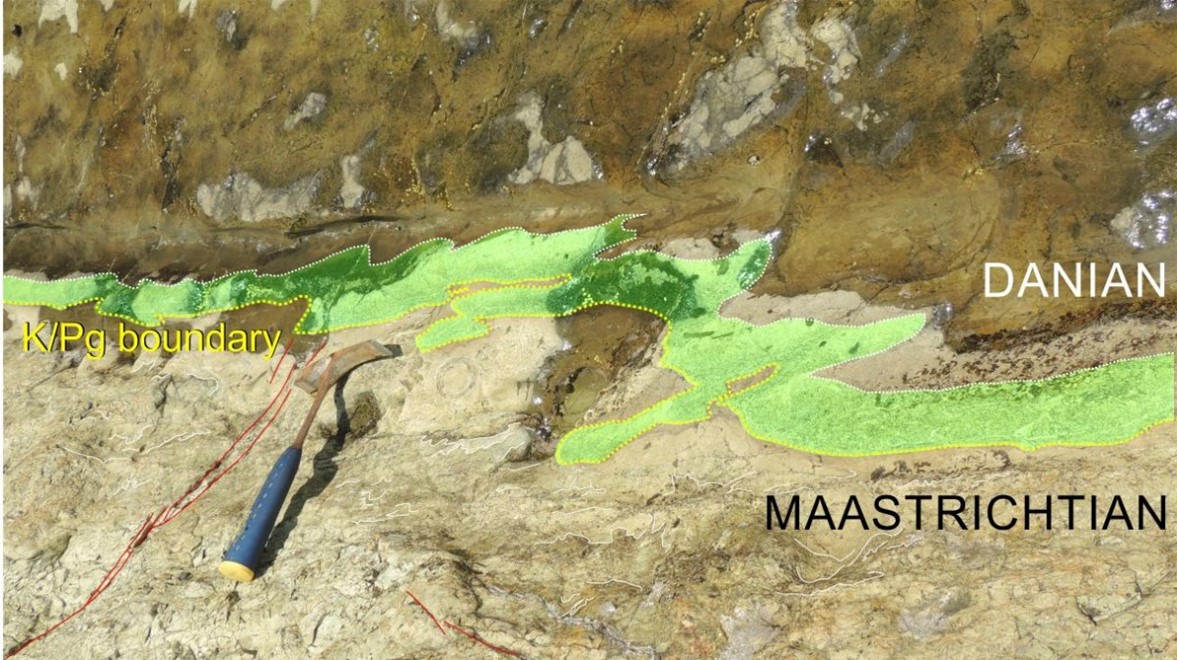
66 million years ago, a 10-kilometer asteroid hit Earth, triggering the extinction of the dinosaurs. New evidence suggests that the Chicxulub impact also triggered an earthquake so massive that it shook the planet for weeks to months after the collision. The amount of energy released in this mega-earthquake is estimated at 1023 joules, which is about 50,000 times more energy than was released in the magnitude 9.1 Sumatra earthquake in 2004.
Hermann Bermúdez will present evidence of this “mega-earthquake” at the upcoming GSA Connects meeting in Denver this Sunday, 9 October...
Read More









Recent Comments